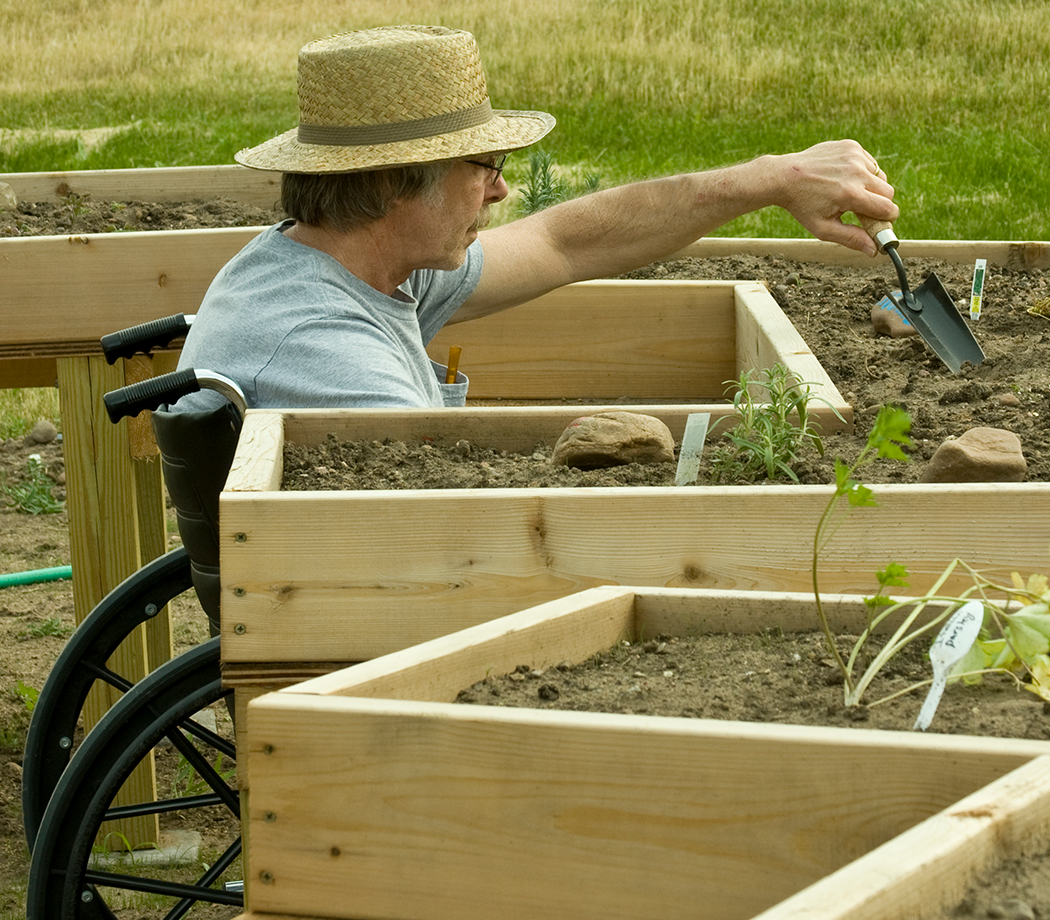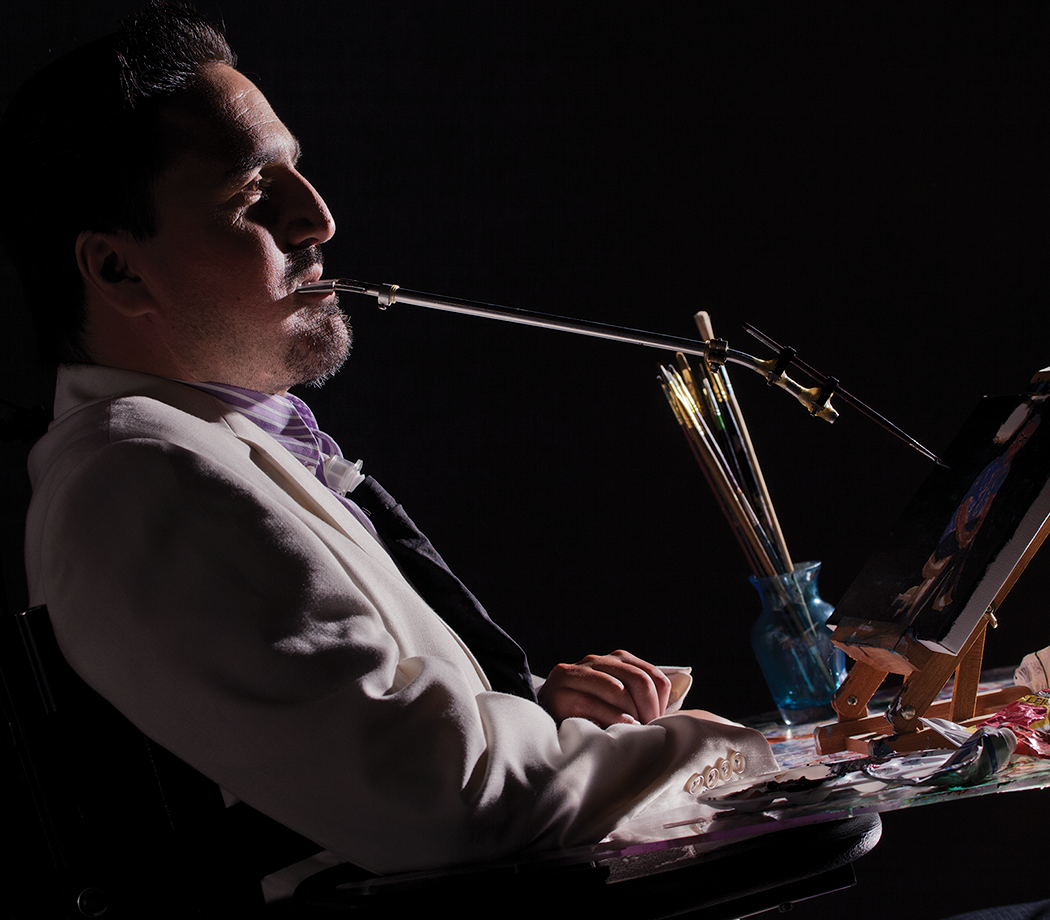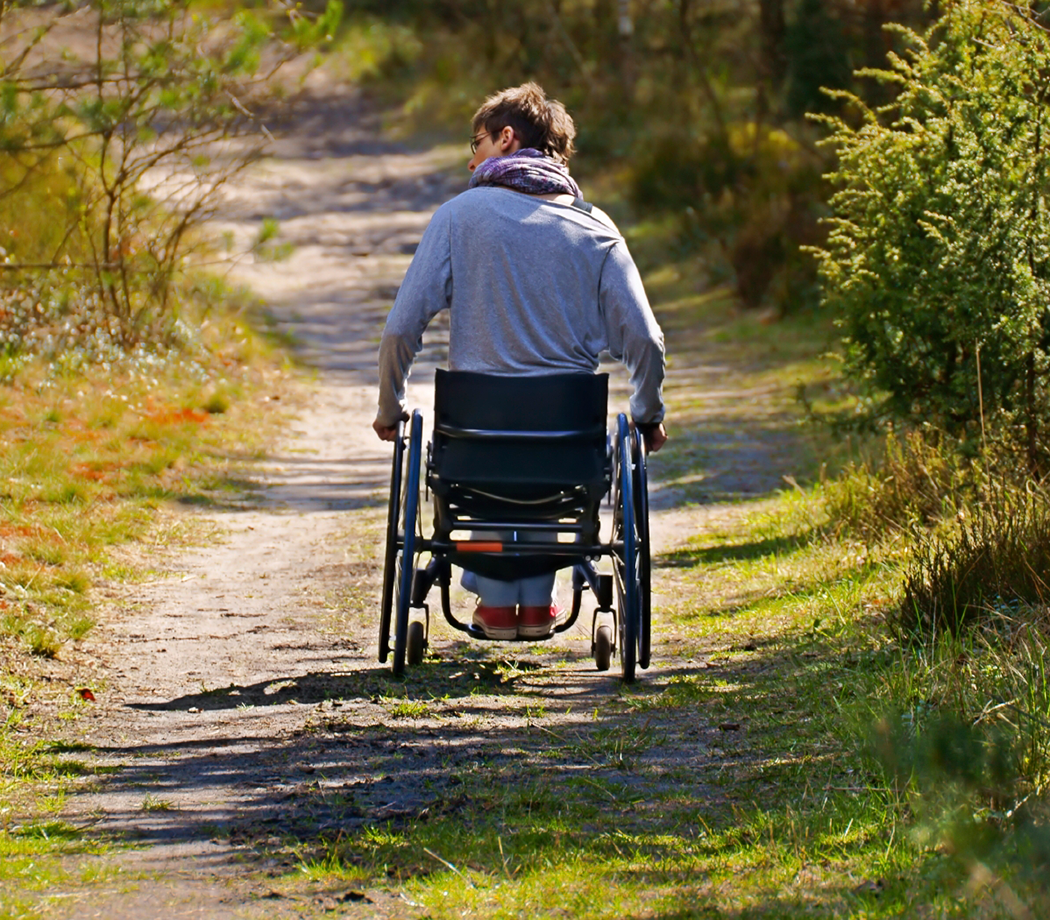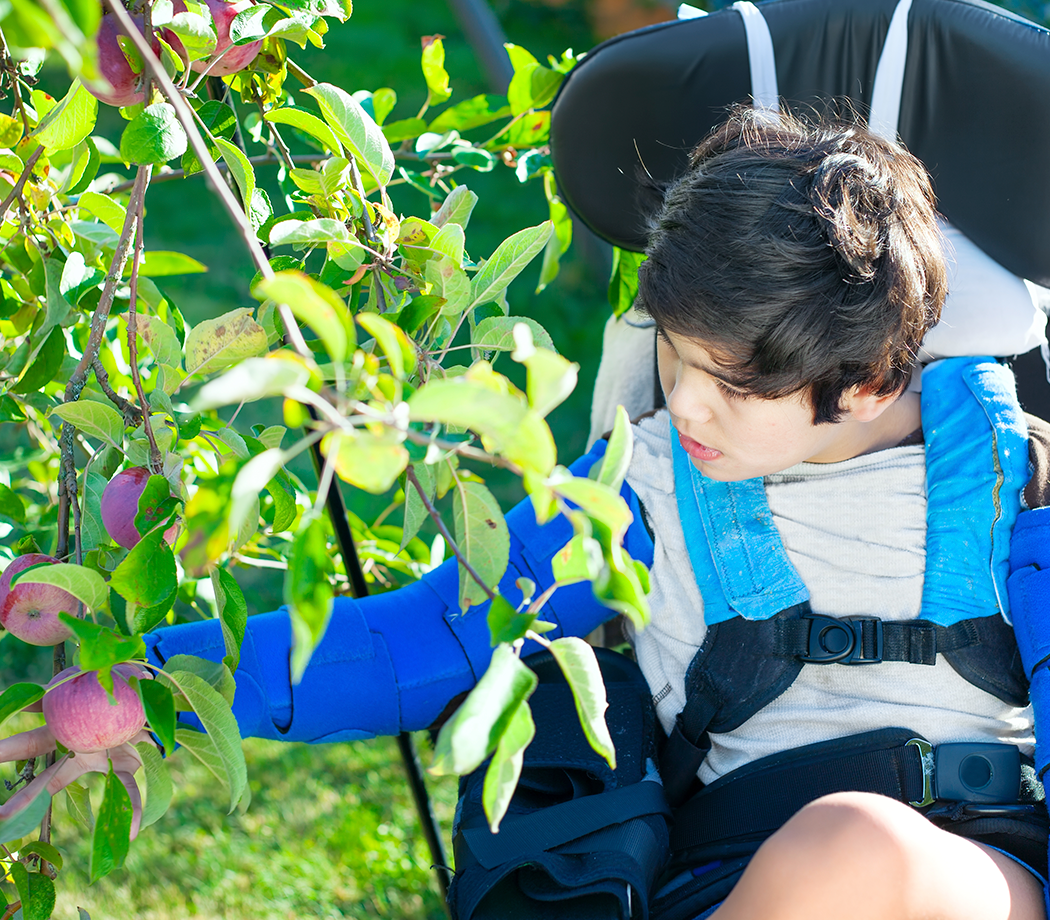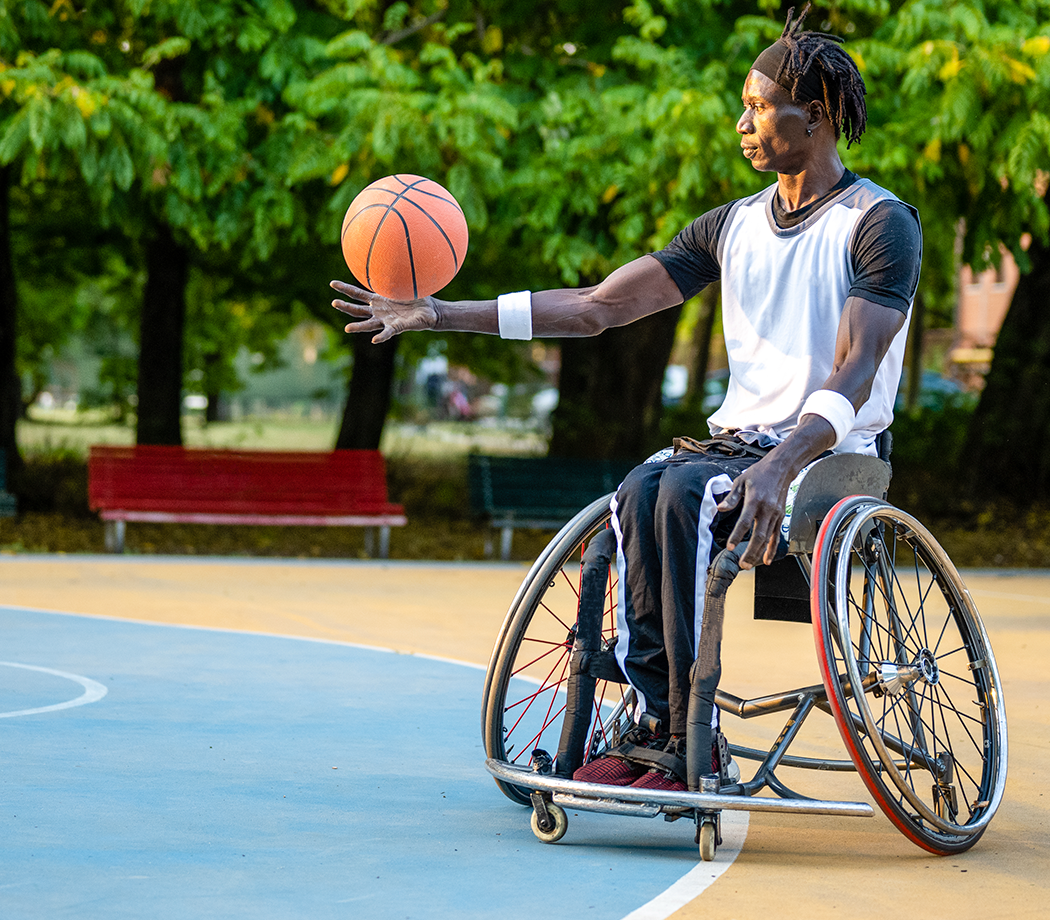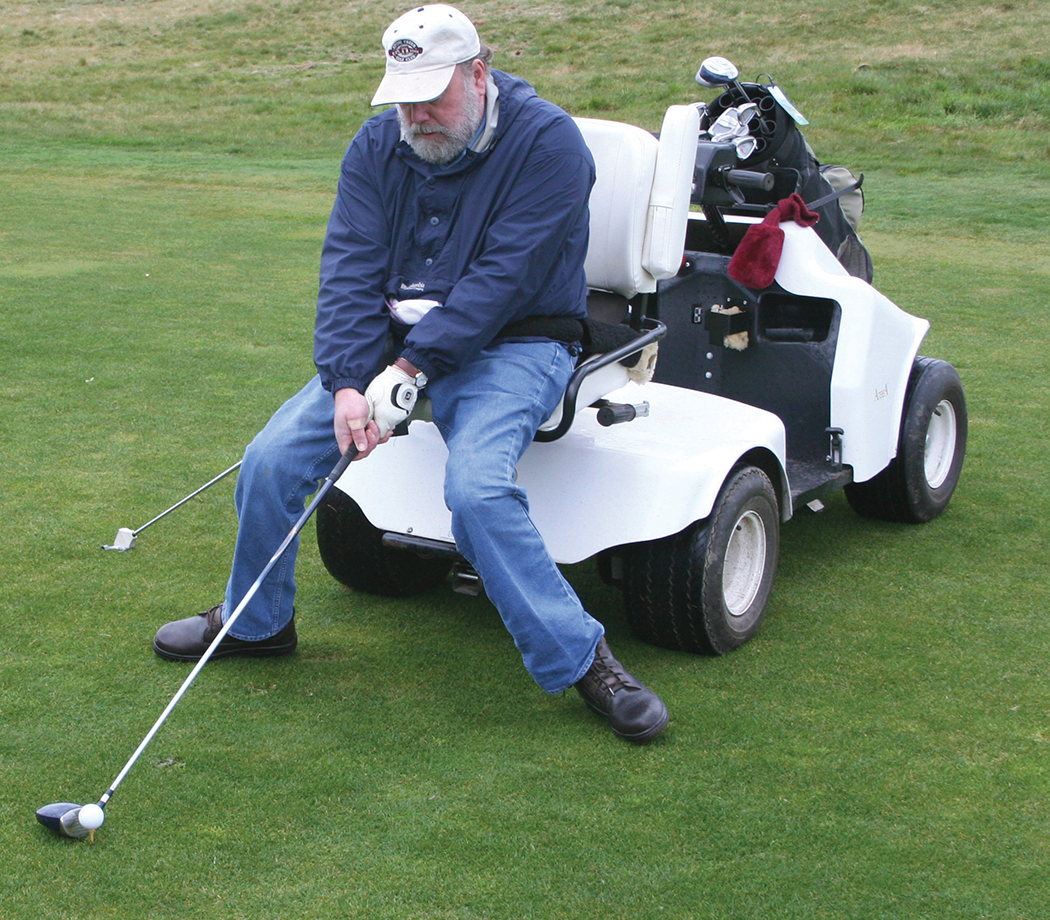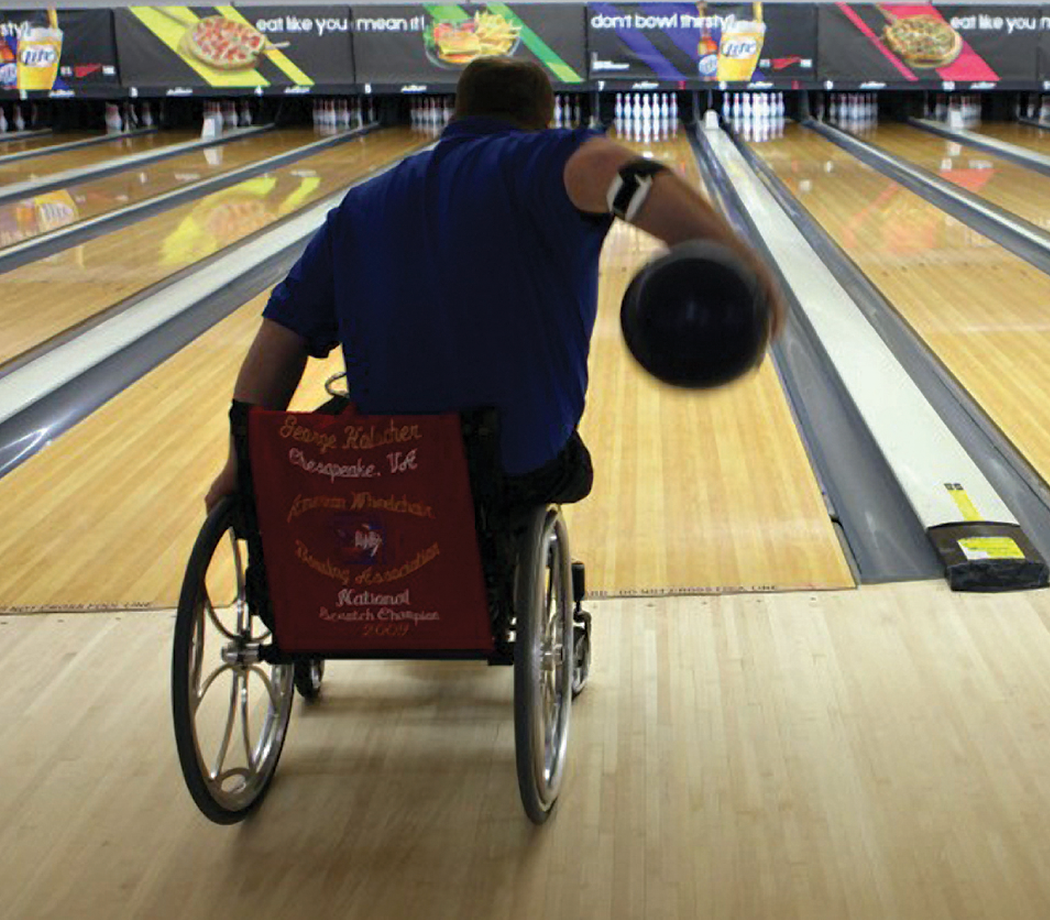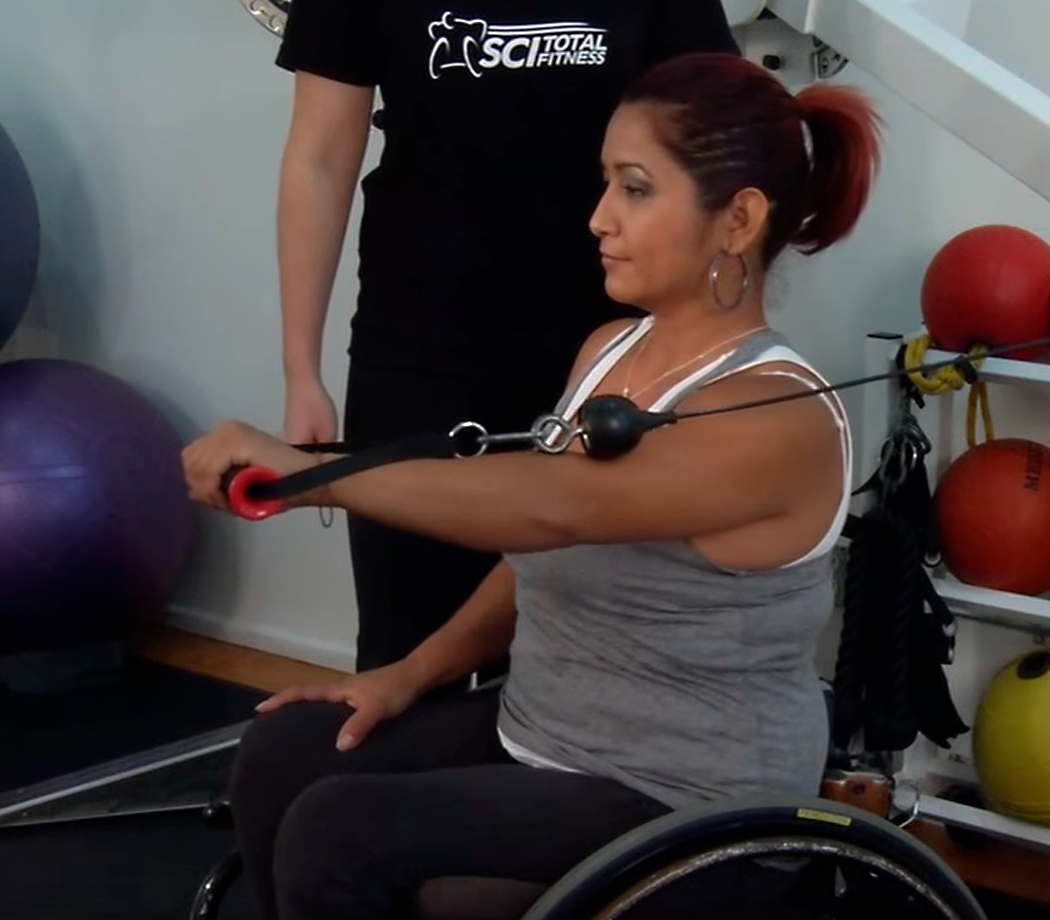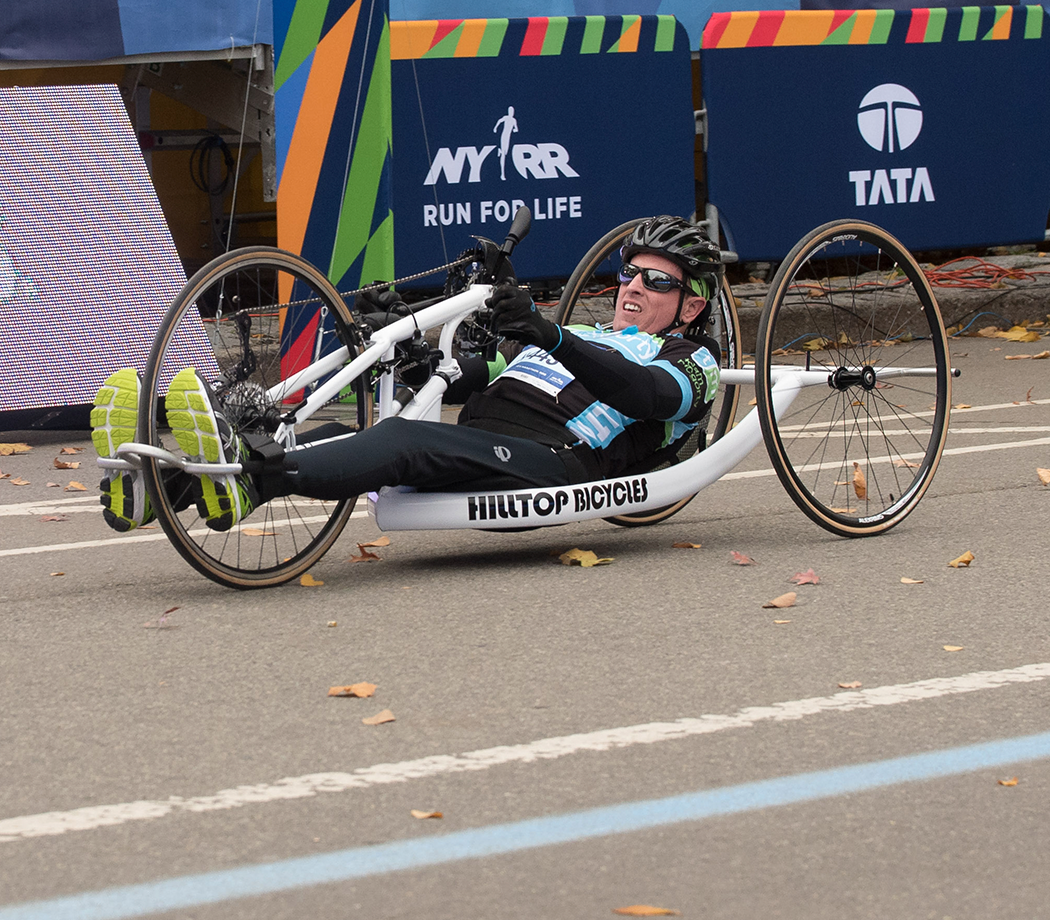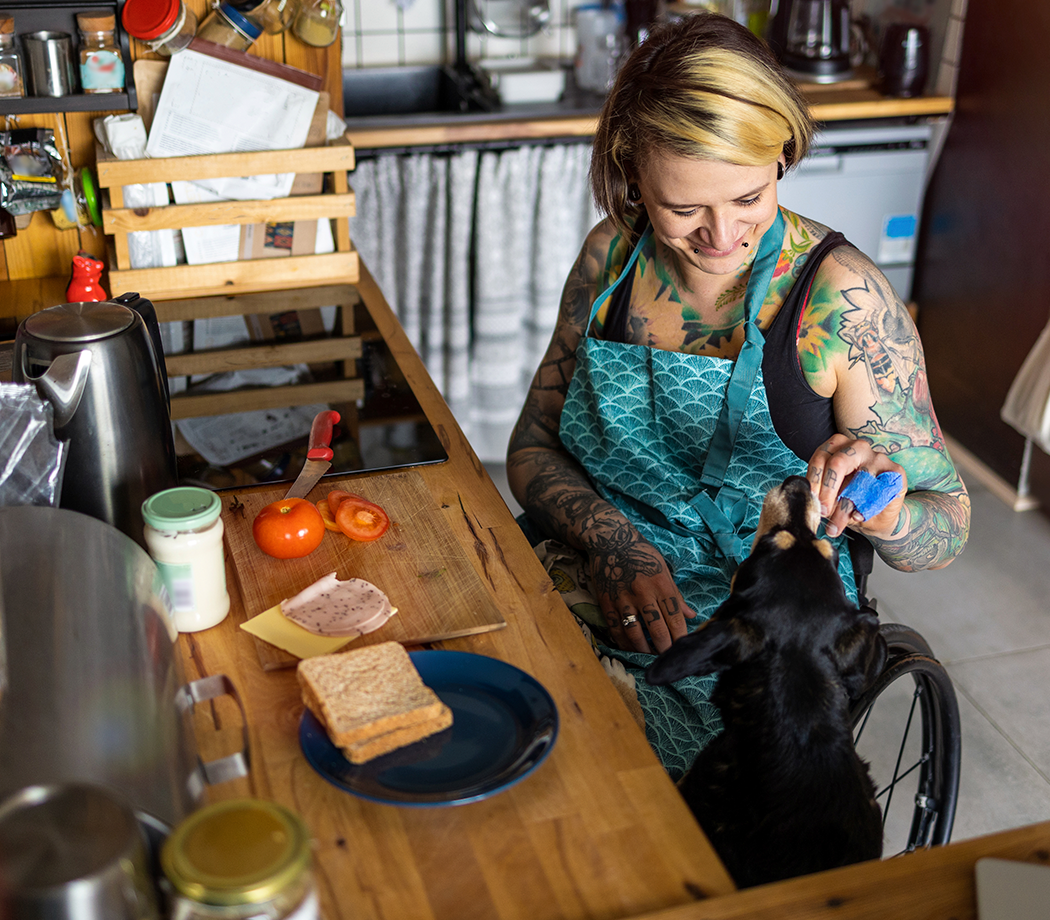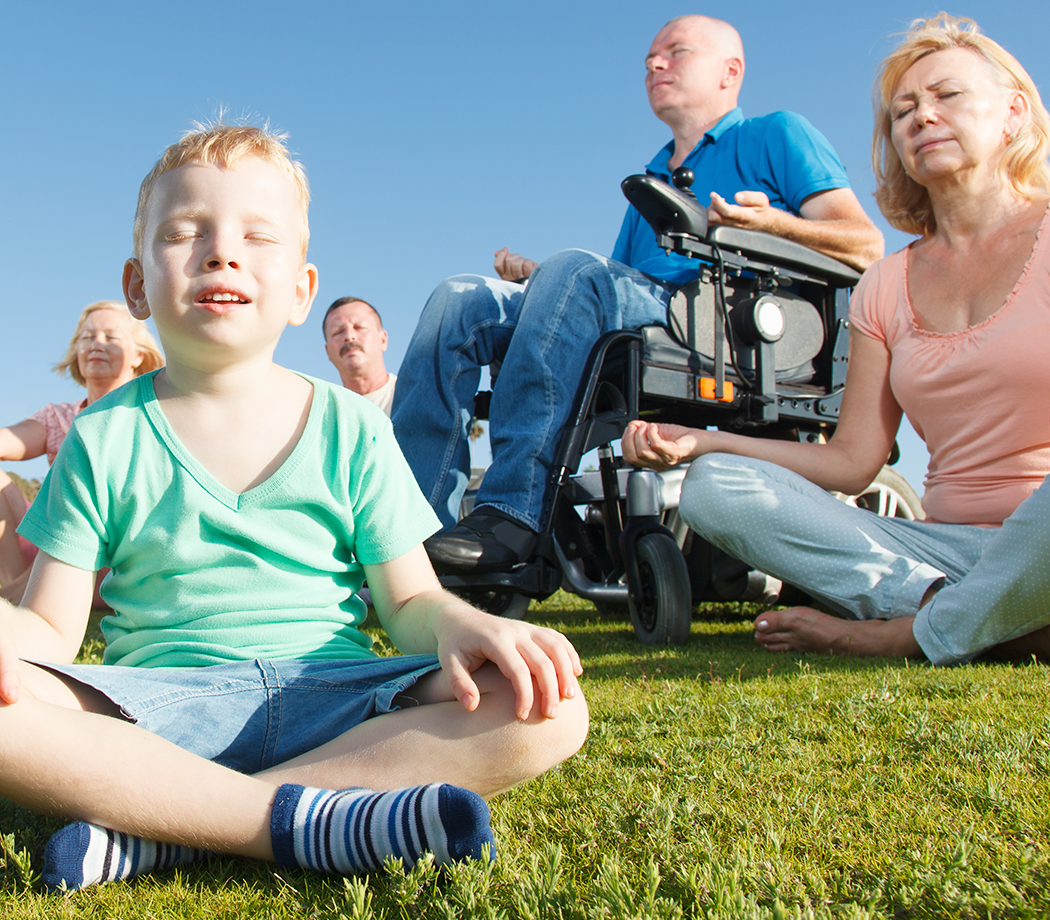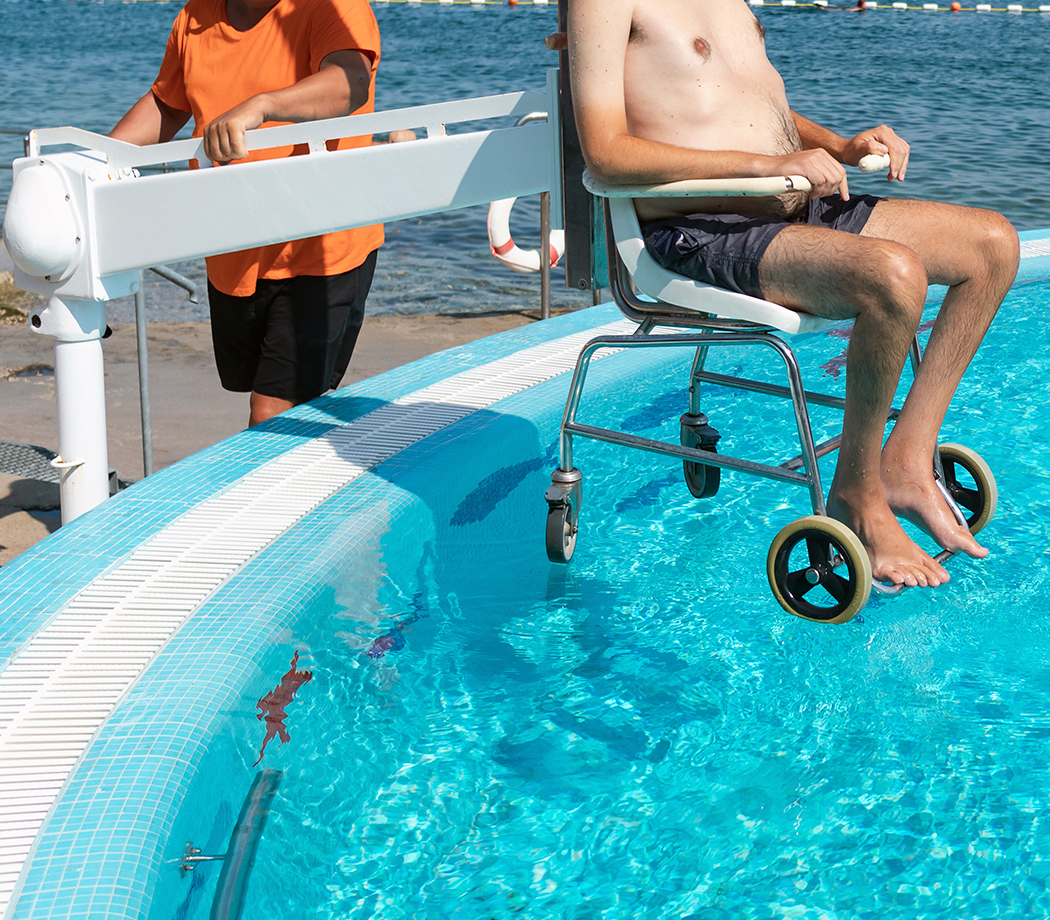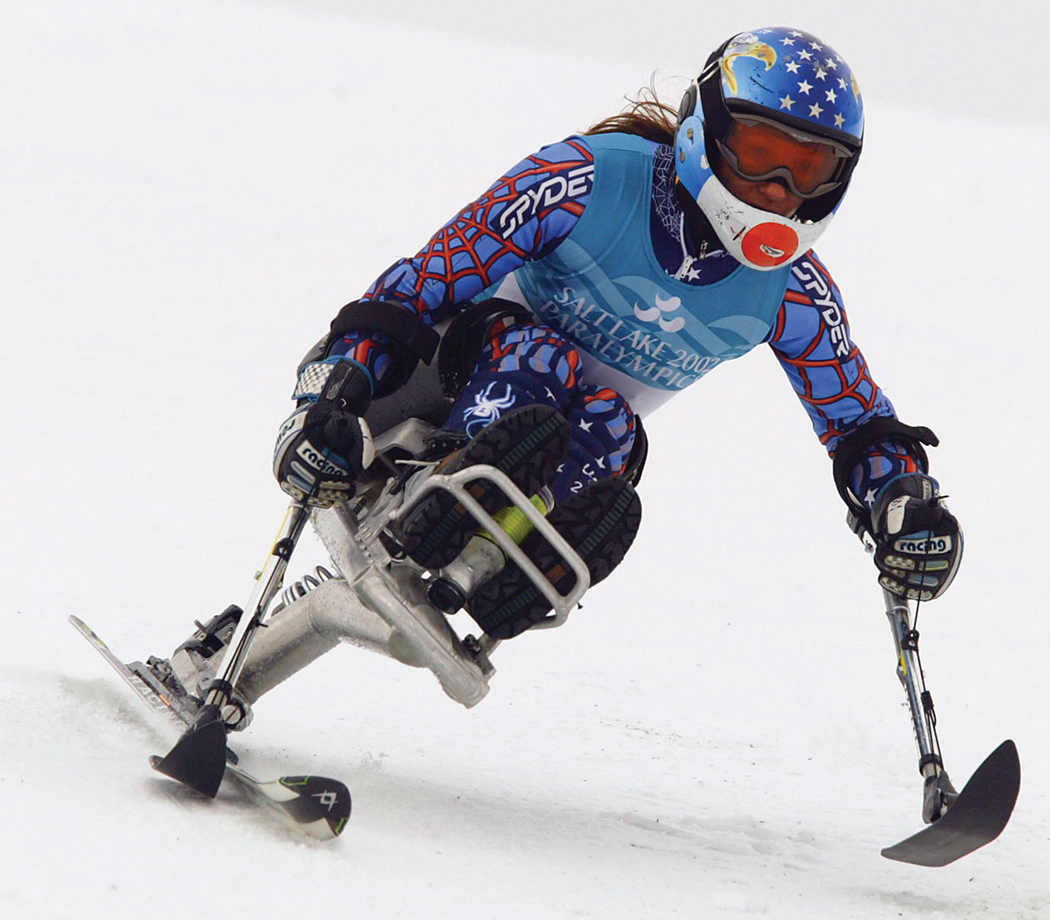Art and Creativity
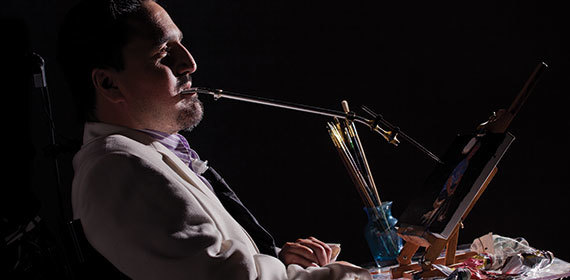
The arts enrich our lives in countless ways, whether we create art or appreciate its beauty, truth or abstraction. The worlds of creative endeavor and artistic expression are inclusive; there are no limitations on imagination.
There are only a few restrictions on accessing the tools of art. However, musical instruments, paintbrushes, pencils or video cameras are fairly adaptable. Since art is infinite and unconditional, people with disabilities are free to express themselves without physical, social, or attitudinal barriers.
The arts enhance lives in many ways. They improve both personal and academic success, from the beginning of a child’s education through the time of adulthood and career. Elementary school students who participate in music programs score higher in reading, mathematics, language, and overall achievement tests.
Students who study the arts in high school earn higher test scores. And students who participate in studio art courses improve their writing and vocabulary skills. These findings underscore the value of the arts in positively shaping the lives of all people, including people with disabilities.
The arts provide unlimited possibilities for personal, academic, and professional success.
By engaging in the arts, people with disabilities are able to greatly contribute to their communities, help extinguish old stereotypes regarding disability, and create a culture truly representative of all people.
The late Ruben Rios was 18 when he was shot in the neck at close range. He was 24-hour dependent on a ventilator. Ruben was well known as a painter and a member of the prestigious Association of Foot and Mouth Painting Artists.
“I create art mostly the same way I did when I started, a kind of pointillism. I use fine point felt tip pens and I “stipple” or dot my way through the piece. First, I draw an outline with pencil and then I’ll color in the sketch, dropping in different colors and layers. It takes anywhere from 20 to 60 hours to complete a piece from beginning to end with this method. My art has been the biggest thing in my life that has kept me goal oriented and not just stagnant. Now I have something to achieve. And if it weren’t for the opportunity I was given to pursue a career as an artist, I don’t think I’d be where I am today. I wouldn’t have the same quality of life.” – Ruben Rios
Ruben passed away in 2014 as a result of complications from his spinal cord injury. However, his art his art lives on and serves as a creative contribution to the entire paralysis community.
Local and Regional Resources
The arts help forge a collective identity. People with disabilities share common experiences through the expression of their struggles and histories – in art, dance, music and other performing arts, including motion pictures and television.
Everyone can be creative and take on the arts. Below are a few resources to help you get started and explore the arts.
Arts and Healing Network bridges the connection between art and healing. Stinson Beach, CA.
Association of Foot and Mouth Painting Artists offers financial and creative support to painters.
AXIS Dance Company is a known resource for integrated dance and is one of several companies setting a standard for professionalism in this emerging field.
Ballroom Dancing: This graceful, dramatic style is catching on with wheelchair dancers. Among U.S. programs are Philadelphia-based American Dance Wheels and San Diego’s Wheelchair Dancers Organization.
Coalition for Disabled Musicians introduces disabled musicians to each other, offers an accessible rehearsal and recording studio, helps with adaptive techniques for pain, endurance, etc. Bay Shore, NY.
Creative Growth Art Center offers art programs, independent living training, and vocational links for adults who are physically, mentally and emotionally disabled. Oakland, CA.
Full Radius Dance explores the human experience in a world of diversity in attitude, action and outcome. Atlanta, GA.
Inclusion in the Arts promotes and advocates for full inclusion of artists of color and performers with disabilities at all levels of production in theatre, film, television, and related media.
Media Access Office promotes the employment and accurate portrayal of persons with disabilities in all areas of media.
National Arts and Disability Center (NADC) is a referral center dedicated to full inclusion of children and adults with disabilities into the visual, performing, media, and literary arts.
National Institute of Art and Disabilities (NIAD) is a visual arts center that serves adults with developmental and physical disabilities.
ReelAbilities Disabilities Film Festival presents award-winning films by and about people with disabilities in multiple locations.
That Uppity Theatre Company produces the Disability Project a movement to empower individuals, honor their stories, enhance awareness about disability. St. Louis, MO.
VSA offers programs in writing, dance, drama, music and the visual arts for people with disabilities. VSA is affiliated with the Kennedy Center for the Performing Arts in Washington, D.C.

